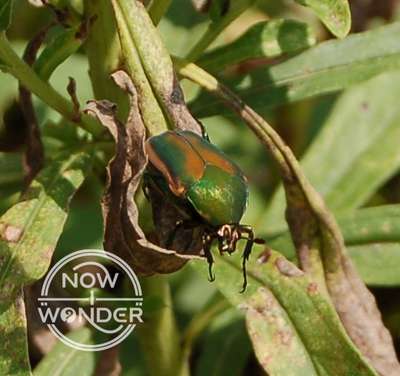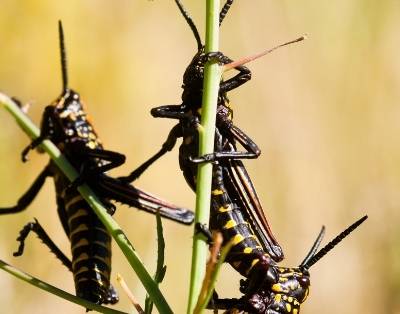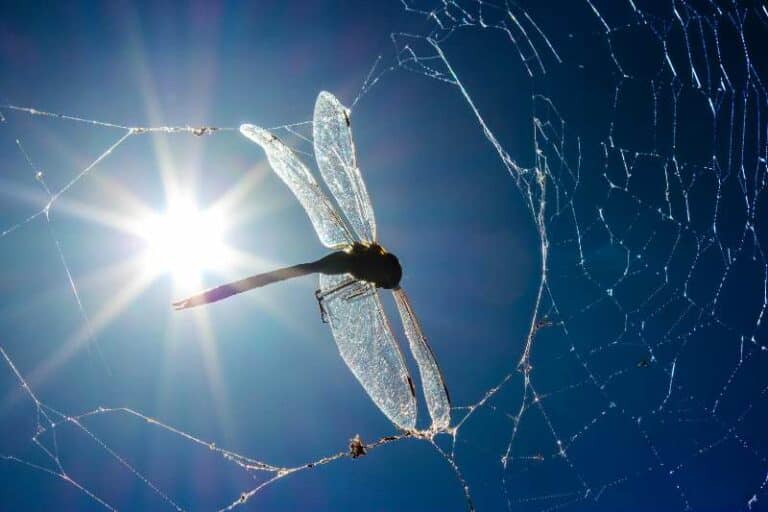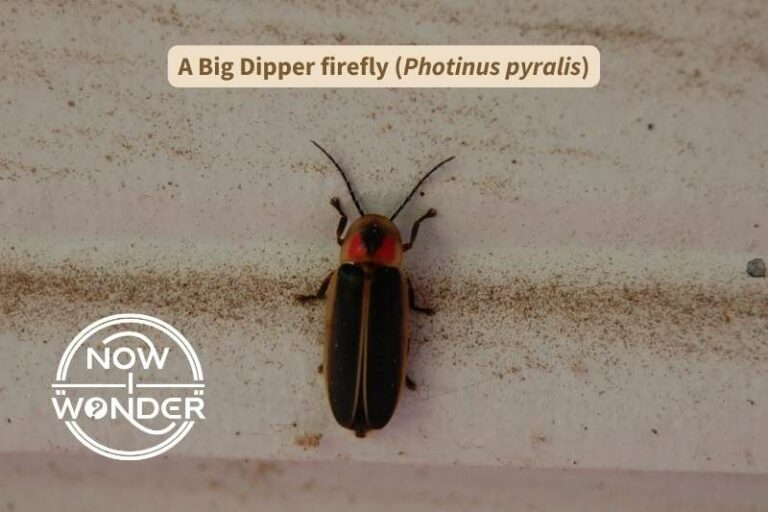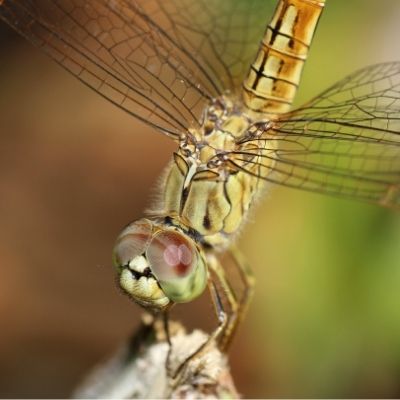Palamedes Swallowtail butterflies (Papilio palamedes) are large black and yellow butterflies. Each black hindwing has a thick yellow stripe, a yellow tail, and iridescent blue spots. They live in the Atlantic Coastal Plain area of North Carolina.
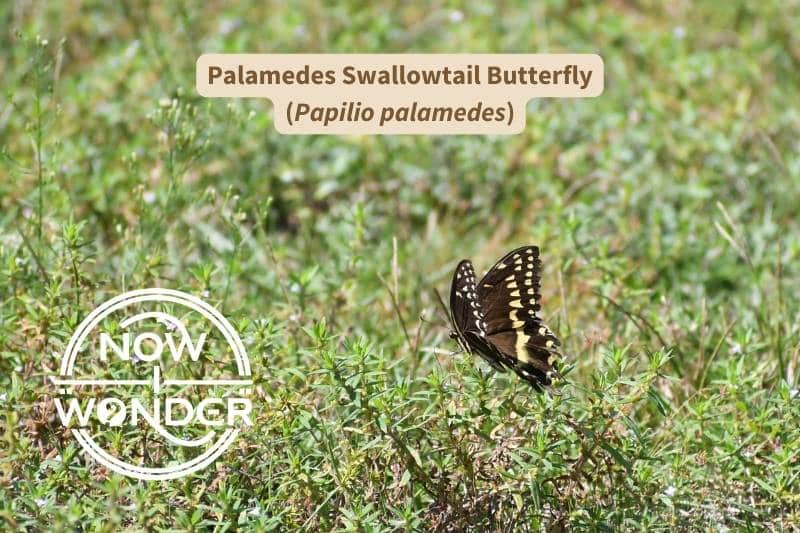
Fun Facts About Palamedes Swallowtail Butterflies to Wow Your Friends
My absolute favorite thing to do after I identify a butterfly is to learn everything I can about it.
Every species on earth is unique and has its own quirks, hidden talents, enemies, and friends. I call these special tidbits “fun facts” because that’s what they are to me.
Here are a few fun facts about Palamedes Swallowtail butterflies that I hope you will enjoy too!
- Male Palamedes Swallowtail butterflies (Papilio palamedes) often “puddle”. They gather together on bare, moist ground to sip dissolved minerals and salts from the soil.
- Palamedes Swallowtail caterpillars feed on “bay leaves”. These are the same leaves that we humans use as an herb to flavor soups, stews, and sauces.
- The tree that gives us bay leaves is Redbay (Persea borbonia). It grows up to 60 feet tall (18 m) and has 3-6 inch (7.62-15.24 cm) narrow, shiny, aromatic evergreen leaves.
- An older scientific name for this species is “Pterourus palamedes” (Pyle, 1981).
Fun facts are a whole lot more fun when you get to see the actual animal in real life. So read on to find out where, when, and how to find Palamedes Swallowtail butterflies on your next North Carolina nature walk, and how to make sure you’re looking at the animal you think you are. You’ll be so glad you did!
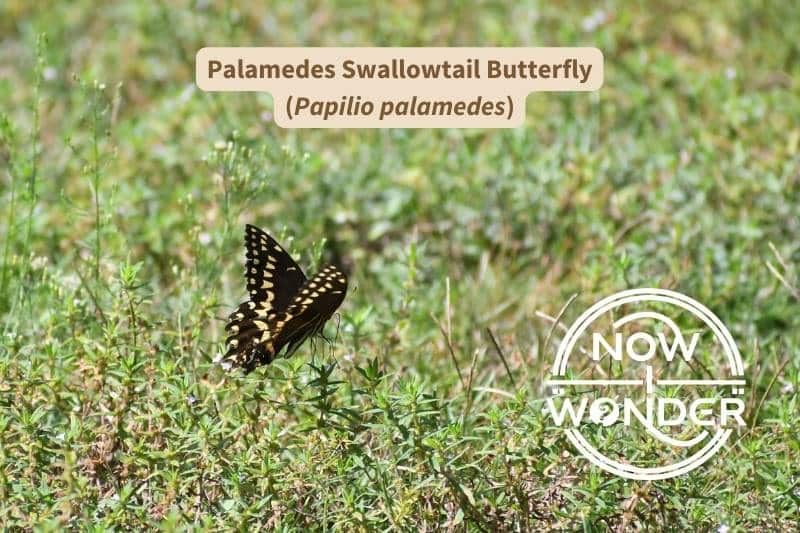
How are Palamedes Swallowtail butterflies classified?
| Kingdom | Animalia |
| Phylum | Arthropoda |
| Class | Insecta |
| Order | Lepidoptera |
| Family | Papilionidae (“swallowtails”, subfamily Papilioninae “swallowtails”) |
| Genus species | Papilio palamedes |
How do I know I’m looking at a Palamedes Swallowtail butterfly?
Appearance of Palamedes Swallowtail Eggs
Palamedes Swallowtail butterfly eggs are tiny, and cream-colored. Females lay the eggs one at a time and prefer to lay them on new growth of a given host plant (Daniels, 2003).
Appearance of Palamedes Swallowtail Caterpillars / Larvae
Palamedes Swallowtail caterpillars are large and fleshy and grow to 2 inches long (51 mm). They are bright green above and red on their sides; the green and red are separated by a thin yellow band. The enlarged thorax has two large eye spots that look like the eyes of a snake. Each eyespot is black and rimmed with orange, and are so realistic, they are startling to see.
Chrysalids can be as large as 1.625 inches (4cm) and are also green, with seam lines that run from the top to bottom points. The chrysalids hang from their host plants by strands of silk that wrap around their middles.
Appearance of Adult Palamedes Swallowtail Butterflies
Adult Palamedes Swallowtail butterflies (Papilio palamedes) have wingspans of 3.5-5.5 inches (8.9-14.0 cm) and rounded wings. Males and females look similar.
Palamedes Swallowtails have black eyes and dark, clubbed antennae. Their bodies are striped in black and yellow. This striping is especially obvious when the butterflies are viewed from the side. The butterflies look mostly black when seen from above.
The top of their wings are black close to the body. Yellow patches shaped like blunt arrow heads decorate the middle of their wings. The yellow patches join together to form a solid yellow band on the hind wings. This is one of the key field marks that distinguishes the Palamedes Swallowtail (Papilio palamedes) from other large, yellow and black butterflies.
The hindwings also have a line of iridescent blue spots. The blue spots are more obvious on some individuals than on others. This row of blue spots is then followed by a band of widely spaced yellow spots.
Each hindwing also has a prominent “tail”. This tail is characteristic of the butterflies classified as “swallowtails” in family Papilionidae. Palamedes Swallowtail tails are filled with yellow. No other swallowtail species has this color pattern on their wing tails.

The underside of their wings has an important field mark. A thin yellow line runs through the length of the hind wing, parallel to the abdomen. No other species of swallowtail butterfly has this particular marking.
The underside of the hindwing also has two rows of orange spots, with a row of blue spots in between.
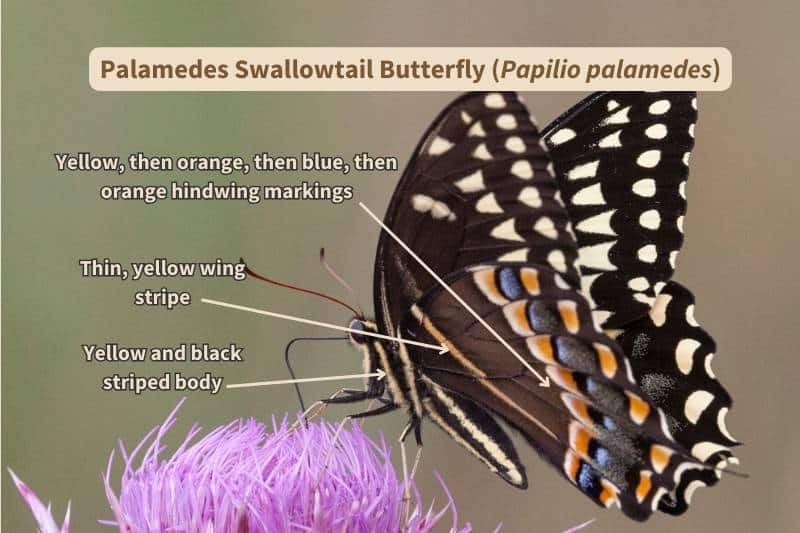
When Can I Find Palamedes Swallowtails in North Carolina?
Palamedes Swallowtail butterflies (Papilio palamedes) fly from late March to mid-October in North Carolina. However, they live only in the Atlantic coastal plain and are very rare in the Piedmont area of the state. Adults are strong fliers. Adults breed several times every season so can be seen from spring through fall.
Individual Palamedes Swallowtails survive North Carolina’s winters as pupae. Their leathery, waterproof chrysalids protect them from freezing to death. Some may survive mild winters as caterpillars, which is unusual for butterflies (Pyle, 1981).
Where Should I Look To Find Palamedes Swallowtails in North Carolina?
Look for adult Palamedes Swallowtail butterflies (Papilio palamedes) near rivers, streams, and evergreen swamps (Daniels, 2003) in the eastern part of North Carolina, close to the coast. They are especially common in the Great Dismal Swamp of North Carolina. Large numbers of them may roost together in oak trees at night (Pyle, 1981).
They are easy to see almost anywhere flowers bloom within the Atlantic coastal plain. This includes home gardens, and in meadows bordered by woods. They are especially fond of nectar from Pickerelweed (Pontedaria cordata). This beautiful purple wildflower grows along lakes, ponds, streams, and drainage ditches. Any location with this plant will be a good bet for spotting a Palamedes Swallowtail.
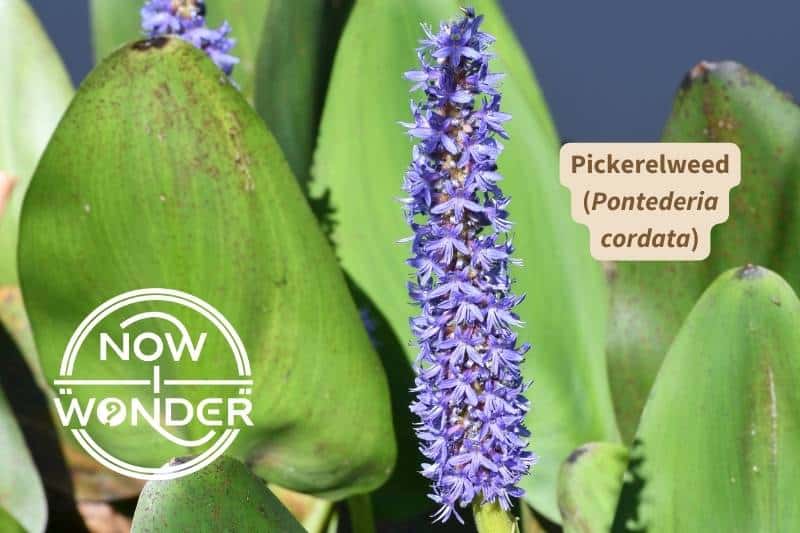
Palamedes Swallowtail caterpillars can be hard to find in the wild.
They feed on the leaves of Redbay trees (Persea borbonia), which can grow up to 60 feet (18m) tall. Often Palamedes Swallowtail caterpillars are just too high for us to see.
A better bet would be to look for Palamedes Swallowtail caterpillars on Sassafras (Sassafras albidum) and Sweetbay (Magnolia virginiana) trees.
Sassafras trees rarely grow taller than 20 feet (6m). Sweetbay trees are usually 10-30 feet tall (3-9m). Both are much shorter than Redbays, so give us a better chance to spot caterpillars.
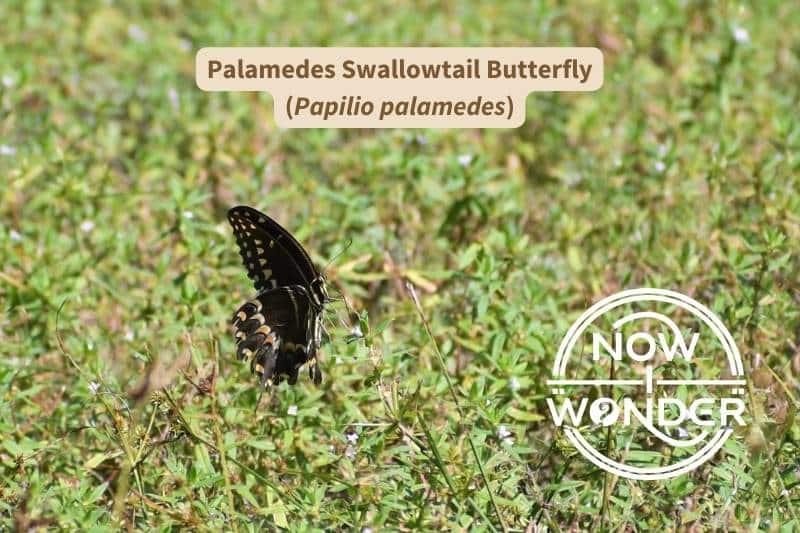
What do Palamedes Swallowtails eat?
Larval Host Plants
Palamedes Swallowtail caterpillars (Papilio palamedes) are specialist feeders. They feed on only a few plants in the Laurel family (Lauraceae).
The primary host plant for Palamedes Swallowtails is Redbay (Persea borbonia). This is an evergreen tree that grows in North Carolina’s coastal plain. It grows 50-70 feet (15-21m) tall, has dark, deeply grooved reddish bark, and flowers May through July. Its leaves are 3-6 inches (7.6-15cm) long, about 1.5 inches (3.8cm) wide, and aromatic. These are the “bay leaves” we humans use as herbs (Brockman, 1986). Clusters of bluish-black black fruit grows on red stems in August and September (Petrides, 1972).
Palamedes Swallowtail caterpillars may also feed on Sassafras (Sassafras albidum) and Sweetbay Magnolia (Magnolia virginiana) (Pyle, 1981).
The Palamedes Swallowtail is vulnerable to changes in its food supply. They are so limited in what they can eat that they run the risk of dying out if something happens to their food plants.
Unfortunately, Palamedes Swallowtail butterfly populations throughout the southeast are threatened. A fungus known as “laurel wilt disease” is killing off Redbay trees. The Redbay Ambrosia Beetle (Xyleborus glabratus) transmits the disease.
The Redbay Ambrosia Beetle is an invasive species. It was brought into the southeastern United States from its native habitat in Asia through the Port of Savannah, GA, in 2002. The beetle spread north into the Carolinas and south to Florida quickly. It transmits the fungus to Redbays and other trees in the Laurel family as it feeds. The fungus kills the trees by blocking the transport of water and nutrients. The leaves wilt, and infected trees die within weeks.
Adult Food Plants
Palamedes Swallowtail butterflies visit a wide variety of flowers to get nectar. Pickerelweed (Pontedaria cordata) is a particular favorite of Palamedes Swallowtail butterflies (Pyle, 1981). This beautiful, if rank-smelling, aquatic wildflower grows in shallow water throughout North Carolina.
References:
Brockman, C. Frank, 1986. Trees of North America. New York, NY: Golden Books Publishing Company, Inc.
Daniels, Jaret C., 2003. Butterflies of the Carolinas. Cambridge, MN: Adventure Publications Inc.
Petrides, George A., 1972. Peterson Field Guides: Trees and Shrubs. Boston, MA: Houghton Mifflin Company.
Pyle, Robert Michael, 1981. National Audubon Society Field Guide to Butterflies. New York, NY: Alfred A. Knopf.
Riggins, John J., Adam D. Chupp, John P. Formby, Natalie A. Dearing, Hannah M. Bares, Richard L. Brown, and Kelly F. Oten. 2019. “Impacts of Laurel Wilt Disease on Arthropod Herbivores of North American Lauraceae.” Biological Invasions 21 (2) (02): 493-503. doi:https://doi.org/10.1007/s10530-018-1838-5.

